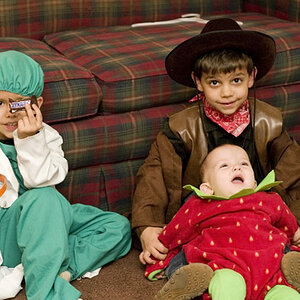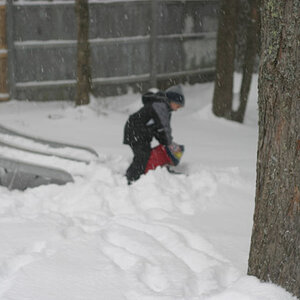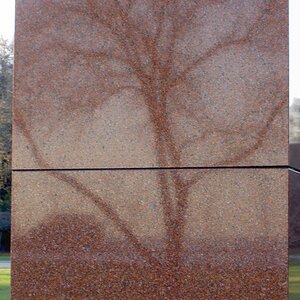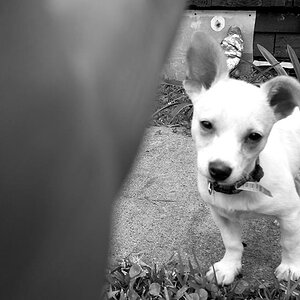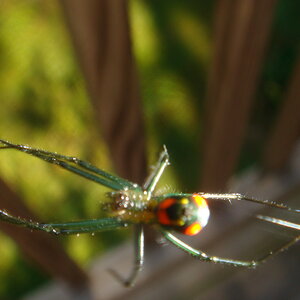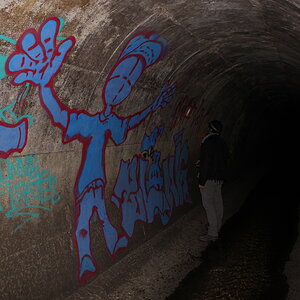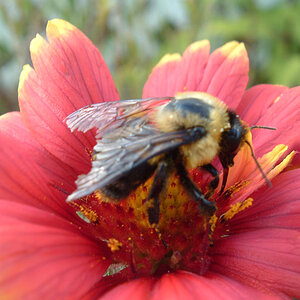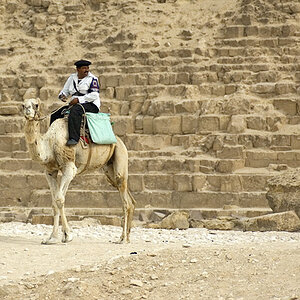jamesbjenkins
No longer a newbie, moving up!
- Joined
- Jan 9, 2012
- Messages
- 1,481
- Reaction score
- 328
- Location
- Dallas / Ft. Worth TX
- Website
- www.ballengerphotos.com
- Can others edit my Photos
- Photos OK to edit
A well placed off camera flash (OCF) could be a huge help. Expose for the flash, not ambient.
Almost all the modern speedlights have a max sync speed of 1/250 second, so that may not be the best option, but if your ambient is really dim you can probably get away with 1/250 for stop-motion.
In broad daylight, I usually stick with at most a 1/1000 shutter. If it's bright enough, 1/2000. There's no reason for anything faster.
Almost all the modern speedlights have a max sync speed of 1/250 second, so that may not be the best option, but if your ambient is really dim you can probably get away with 1/250 for stop-motion.
In broad daylight, I usually stick with at most a 1/1000 shutter. If it's bright enough, 1/2000. There's no reason for anything faster.



